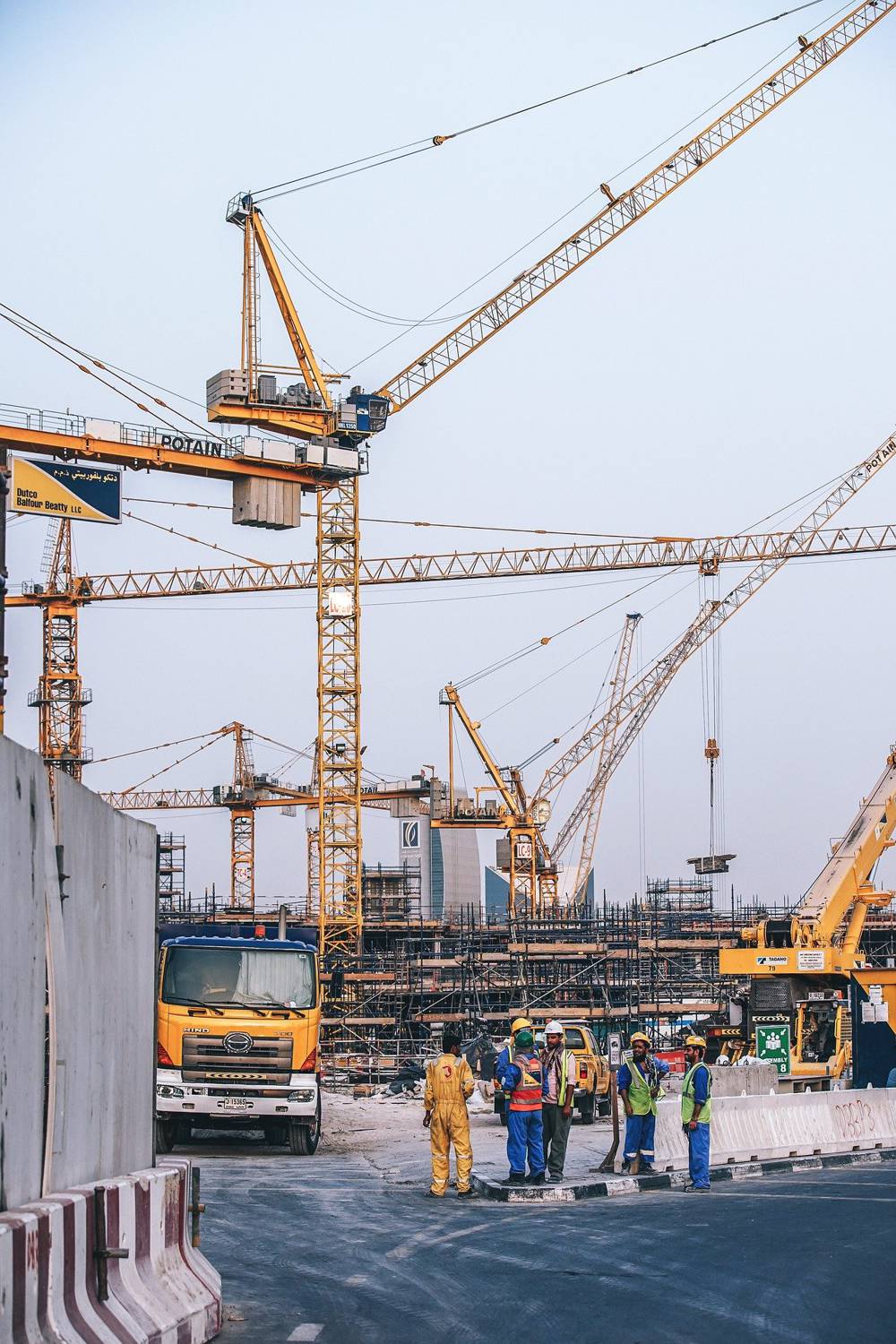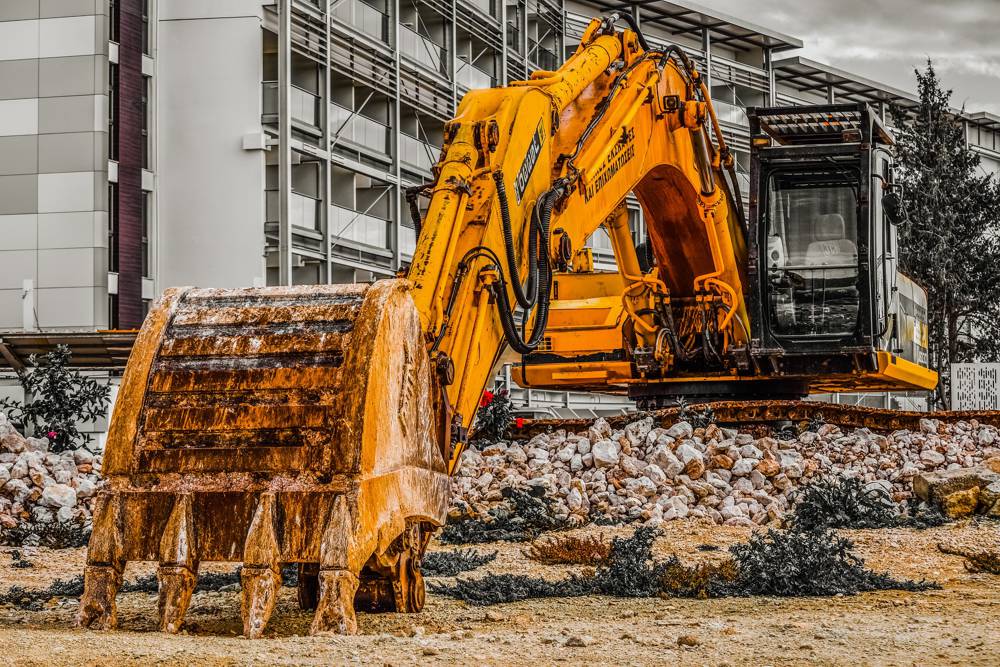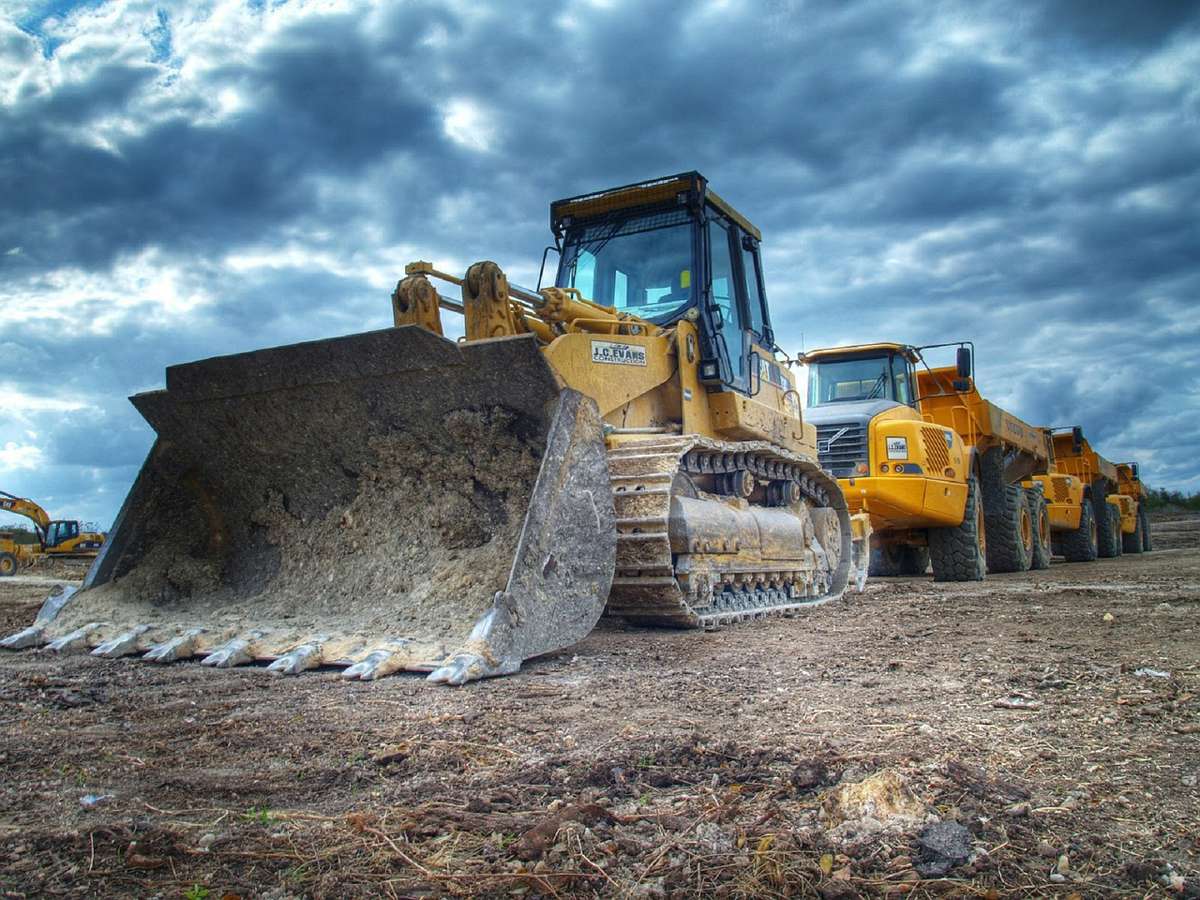10 safety and maintenance tips for heavy equipment
More than 20,000 workers are injured on road construction project sites every year. A little over a third of these workers were injured from contact with heavy equipment.
In most cases, mishaps involved collisions, backovers, and rollovers. Quite a number of these incidents could have been averted had the workers followed the rules and put safety first. Workers should enforce safety measures in handling SmartCast Heavy Equipment and similar construction machines.

Construction and Caution
Construction work is full of hazards and dangers with loading and unloading rocks, boulders, soil, and other earth materials. Using heavy equipment increases the likelihood that someone might get hurt. With caution in mind, here are a few tips on safety.
1. Train workers and operators of heavy equipment
You should train your workers and operators to handle, execute, maintain, and troubleshoot your heavy equipment before being allowed to operate them. Heavy equipment used in earthmoving and construction, such as SCE mini excavators, are powerful machines that can cause damage and destruction if handled by people who don’t know how to use them.
2. Formulate and implement a Safety Plan and Protocol
If you’re in the business of using heavy equipment, you should have a safety plan and protocol for their use and upkeep in your yard, the field, or project sites. Part of your safety plan should require your workers to carefully study the owner’s manuals, conduct safety briefings regularly, and monitor whether these safety rules are being implemented and followed.
Although some manufacturers are trying to make autonomous material handlers, part of the work should still be done by people.
3. Conduct a daily inspection
Before using machines each day, use a paper or computer checklist and do a walk around inspection of all your heavy equipment, such as a telehandler, a bulldozer, and a tractor.. Check for any signs of potential malfunction, such as cracked or split hoses, leaking fluids, stress points, loose or stuck tracks, and other undercarriage irregularities. You should also check the pressure and condition of your tires, fluid levels, and other irregular sounds when you warm up the engine.
4. Check work site for hazards
Before work starts in any project site, workers should do a visual check and survey any existing or potential hazards, such as overhead beams or hanging steel bars, which could possibly be hit by swinging cranes or excavators. Labourers should also check for underground dangers such as gas pipes, cables, and electrical or hydro wires. Whenever hazards are identified, they should be flagged and marked. Employees should set up barriers and light warnings around holes.
5. Shutdown to avoid inadvertent start-up
Whether gas or electric powered, before any maintenance or repair work is done on any heavy equipment, workers should shut down the equipment and disconnect from any power source. This is to make sure the equipment won’t accidentally or inadvertently start while maintenance or repair work is being done. Sudden startup can cause serious injury or even death.
Under the Occupational Safety and Health Administration (OSHA) guidelines, specific procedures and practices for shutting down heavy equipment should be followed at all times. These procedures require that the machine or heavy equipment be completely unplugged from its power source during maintenance inspection or repair works unless power is needed for testing.
6. Enforce Three-Point Rule for mounting/dismounting
The standard three-point contact rule which is required practice in the safe use of heavy equipment involves using either two hands and one foot or two feet and one hand to either mount or dismount any heavy equipment. Employers and supervisors should enforce the three-point rule for mounting and dismounting heavy equipment at all times. Upholding this rule ensures that workers always have a firm and stable grip to avoid accidental mishaps, slips, or falls.
7. Identify and avoid Danger Zones and Lines of Fire
Danger zones and lines of fire refer to zones around each piece of machinery where a worker could be hit, either by the equipment or objects being moved, loaded, or unloaded by the equipment. Before starting work for the day, employees and supervisors should identify danger zones and lines of fire.
Once machines are moving on site, operators and ground workers should work together by talking and signalling to avoid mishaps. Consulting specialized rigging experts can also help ensure that heavy machinery is positioned and operated safely.
8. Be aware of Blind Spots
Blind spots, spaces that visually cannot be seen in certain situations, are another potential hazard on a work site. Whenever there’s a potential blind spot, operators and ground workers should check whether someone could get hurt or something might get hit when the machine starts to move.
To avoid any mishaps with blind spots, the operator should ask ground support to check if they cannot see specific areas or angles from their vantage point.
9. Maintain constant and Active Communication
All workers should maintain constant and active communication. Once a machine is on the move, everyone should be alert to sound off if there’s any potential hazard or danger.
Because noise is prominent on a typical project site. it would be advisable to combine two-way radio equipment or megaphones with hand signals. Every employee should have proper training to understand how to use hand signals in a worksite.
10. Safety when Moving, Loading, and Unloading
Even with the machine on the move and working, the operator and support ground crew should still observe safety precautions in moving, loading, and unloading material. These individuals are responsible in making sure no one could possibly be crushed when earth is moved or if mini landslides happen when earth soil is being excavated or loaded and unloaded.

Precaution with machines
Each kind of heavy equipment entails a different level of safety precaution and maintenance. Here are some of the things you need to do them:
- Bulldozers are powerful heavy equipment for moving earth and massive amounts of material. When working on slopes, move up and down. Don’t move it in a slope-crossing direction.
- Skid Steer Loaders – With skid steer loaders, wear the safety belt at all times regardless of the operating time and conditions. When you mount and dismount the machine, make use of the grips and steps built by the manufacturer as part of the design.
- Compactors – Before using a compactor, walk around it and check for existing leaks, damage, or loose parts. When doing compacting work in highly-congested areas, ask someone to do spotting where sight is impaired or line of vision is blinded.
- Motor Graders are commonly used in road building and clearing operations. When there are obstructions and obstacles, be cautious in handling the blade width. Grader tires tend to cause violent explosions when they overheat.

Safety First is the safest rule
In construction sites with heavy equipment operations, the safety-first rule is still the best rule to follow.
Before doing anything, workers should first make sure there are no existing or potential hazards or dangers.




















